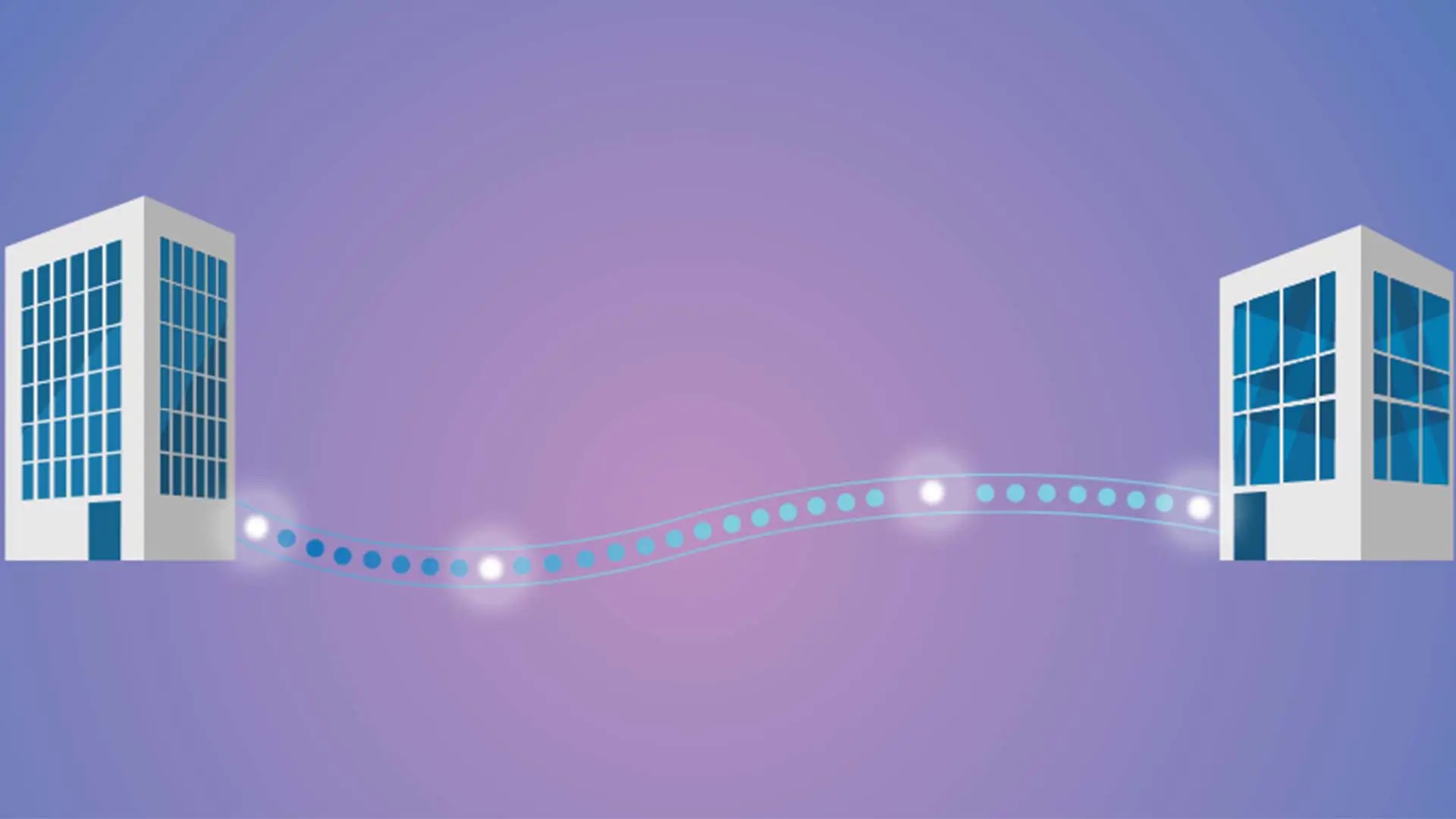
Our digital society is highly dependent on secure information, but with the progress of quantum computers that potentially can break today’s encryptions, the security risks are rapidly increasing. Quantum communication – based on the laws of physics – provides intercept-proof solutions.
There are many reasons – political, military as well as commercial – to keep information secret. Individuals are also highly dependent on information security in today’s digital society, for example in e-banking, e-health and e-business.
The encryption used today is based on mathematical problems presumed to take an enormous amount of time to calculate, such as finding the prime number factors of a specific very large number. However, no one has yet managed to mathematically prove that there is no quicker way to solve these problems and as quantum computers are making progress, new computational methods will develop. For example, it has been shown that future quantum computers have the potential to very quickly find the factors of large numbers.
A solution – already in use – is to use encryption based on quantum particles.
How does it work?
Encryption relies on so called encryption keys – usually strings of ones and zeroes – used to encrypt and decrypt information. If the receiver of an encrypted message has the key, then he or she can decrypt and read the information. The problem is generally to transfer the key without an adversary getting hold of it.
In quantum communication, the encryption key is transferred using quantum particles, so called Quantum Key Distribution (QKD). According to the laws of quantum physics, it is impossible to measure or copy an unknown state of a quantum particle without noticeably changing it. Therefore, one can always be sure to detect interception. Once the key is safely transferred, the message encrypted with the key can be sent in a conventional way, via a communication channel that anyone can access.
The quantum particles generally used in quantum key distribution are particles of light, photons. They have a quantum property called polarisation, which can be manipulated and measured by letting the photon pass through a polarisation filter. The most established scheme for quantum key distribution – the BB84 scheme – relies on the sender and the receiver to measure the polarisation of the photons by randomly using different polarisation filters. This is nicely explained in the Youtube video Quantum Cryptography in 6 Minutes.
Already available
Commercial systems using the BB84 scheme are already on the market. The drawback of these systems is that they require an unbroken optical fibre connection channel. This limits the distance to 200–300 km, a physical limit set by the properties of optical fibres and photons. Furthermore, their cost-effectiveness can also be questioned.
The most advanced, known systems for quantum communication are found in China. The first is a long-distance quantum encrypted link between Beijing and Shanghai, based on the BB84 scheme and unbroken optical fibres. To cover the more than 1000 km long distance between the cities, the signal is relayed by several nodes, each of which decrypts and re-encrypts the data before passing it on. The nodes are susceptible to hacking, and therefore only security-classed personnel has access to the them.
In the second system, satellites act as nodes. As the satellite passes over a ground station, the encryption key is established by sending and receiving faint pulses of few or single photons to the satellite. As it is both expensive and difficult to travel to an orbiting satellite, one trusts that the satellite is safe from local hacking attempts.
Coping with long distances
The limited range over which it is possible to send quantum keys without them being lost by attenuation or decoherence is a big hurdle. For a global quantum communication network to become true, one must find a way of amplifying and forwarding the signals, without having to decrypt and re-encrypt the data along the way. A so-called quantum repeater could do the job.
These are very complex machines requiring many quantum devices and sub-systems to function at high performance levels with extremely good timing and storing capabilities. The performance of existing quantum repeaters is still to be significantly improved in order to enable a global quantum connectivity (the quantum internet). Developing practically viable quantum repeaters is one of the most important and challenging tasks within current quantum communication research.
The current lack of good quantum repeaters is also the reason for starting to use satellites as nodes, as satellites are more safe from hacking than ground-based nodes. Furthermore, space transmissions enable effective transfer of quantum information with less degradation over longer distances than fibre networks.
At the forefront
Another drawback with today’s BB84 systems is that they require trusted devices for sending and receiving photons. If spy equipment has been installed in your photon source or receiver, someone else might be eavesdropping your communications without you even noticing it.
Therefore, scientists are working on more advanced, device-independent quantum communication schemes. By performing a quantum test, more specifically a so-called Bell test experiment, on the received data, one can conclude if the data is secure or not. The choice of equipment then becomes less important from a security point of view – one could even buy equipment from an enemy. However, these device-independent schemes are slower and more technologically challenging to implement. For example they require devices that can entangle photons, which is not a standard capability of present photon sources.
Scientists are also devising new schemes to augment the capacity and reach of secure quantum communications, by increasing the rate of generation and transfer of quantum keys and taking advantage of several different degrees of freedom for multi-level encoding of the quantum information (in ‘qudits’ instead of ‘qubits’) carried by photons, using polarization-, time-, space- and mode- multiplexing.